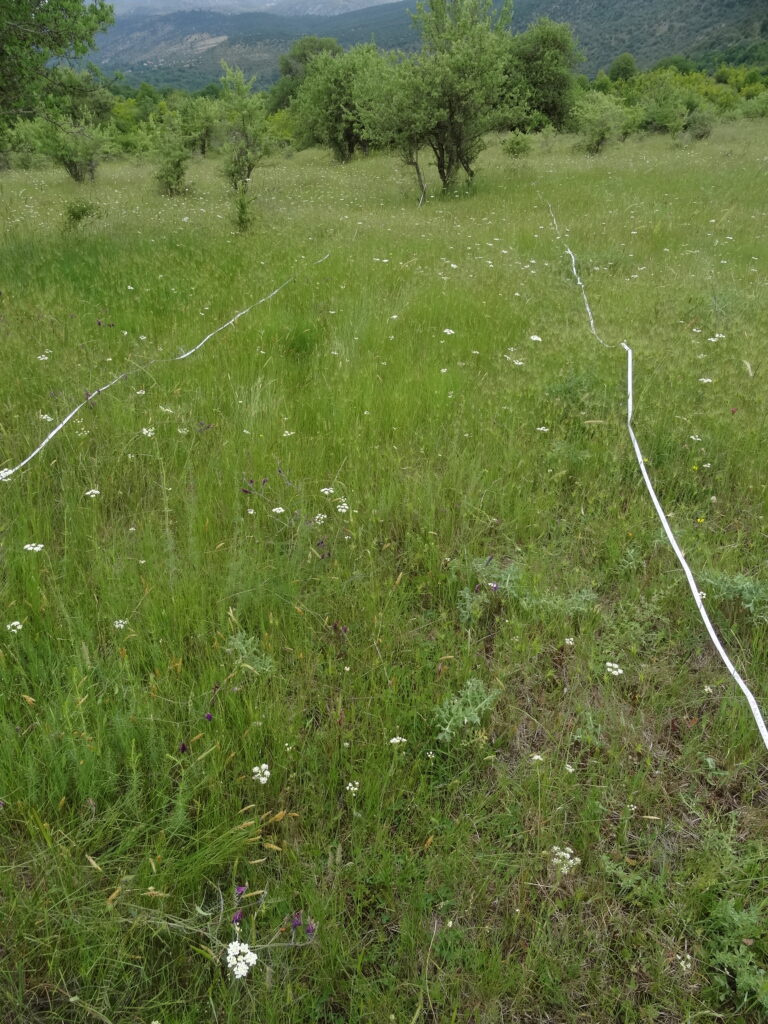The project
One of the most important threats of biodiversity, on a global scale, is land use change with land abandonment being one of the main trajectories of land use cover change across Europe. Although transformation of natural ecosystems into semi-natural (e.g. pastures), cultivated or urbanized areas has been traditionally considered as one of the main threats of biodiversity, during the last two decades, abandonment of traditional land uses, such as grazing and small-scale cultivations, has been also reported to lead to significant habitat loss and subsequently have adverse impacts on biodiversity. Land use abandonment, especially on mountainous or low productivity areas, is a phenomenon that takes place worldwide and it constitutes the most predominant land use change in Europe. On one hand, land abandonment is considered as a unique chance “for restoring some of the lost biodiversity and ecosystem functions” in Europe, through a process called rewilding. On the other hand, a number of studies concludes that land use abandonment has negative impacts on biodiversity and ecosystem functions or even comprise one of the most important biodiversity threats for specific species and habitats.
The main aim of the project is to address this issue and study the consequences of land use abandonment on the three main facets of vascular plant diversity (taxonomic, functional and phylogenetic) in the northwestern sub-mountainous region of the Pindus Mountains in Greece. This general aera was historically (i.e., before the 2nd World War) submitted to high levels of exploitation by means of traditional practices (e.g., small-scale farmlands, pastoralism), but during the last decades a great part these traditional land uses have been abandoned resulting in extensive changes in land cover. Moreover, we aim at understanding the trajectories of the landscape and diversity aspects under future climate and socioeconomic conditions by predicting changes of land cover and species distributions across our general study area. Finally, we investigate the importance of incorporation of land use change data for current and future conditions during conservation planning.








